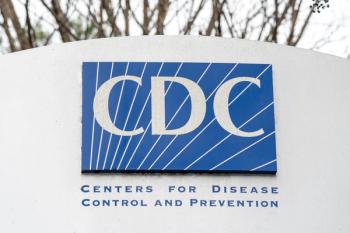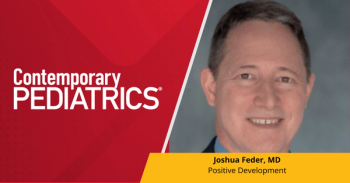
Potential downstream benefits of RSV preventive measures, with Octavio Ramilo, MD
Octavio Ramilo, MD, joins us once again to discuss potential benefits of RSV vaccination beyond disease prevention and to explain how to speak with patients about vaccines and uptake.
“If we prevent RSV now with these monoclonal [antibodies] and maternal vaccine and we have a pneumococcus vaccine, the potential to reduce the morbidity and mortality associated with pneumonia will be important,” said Octavio Ramilo, MD, chair of the Department of Infectious Diseases at St. Jude Children’s Research Hospital and investigator in the CLEVER and SMART trials.
According to Ramilo, RSV and pneumococcus remain the 2 primary drivers of childhood pneumonia globally. Although notable progress has been made in combating diseases such as diarrhea through vaccines such as rotavirus, pneumonia now stands as a top priority for pediatric health agencies worldwide.
“The big challenge for pediatric health is respiratory infection, pneumonia, and the 2 big players are RSV and pneumococcus,” Ramilo said. “Now we are beginning to have prevention of RSV with monoclonals and maternal vaccine, so this is really important.”
Ramilo also suggested that preventing RSV could lead to unexpected benefits, including a reduction in ear infections and overall antibiotic use, though only time will tell what these potential downstream benefits are and how impactful they may be.
“RSV also facilitates ear infections,” he said. “So maybe we can even have an effect there...and if we reduce ear infections, we also decrease antibiotic usage.”
He expressed optimism that the introduction of preventive measures such as nirsevimab and clesrovimab will be well received by families. He added that pregnant persons are often receptive to maternal immunizations when the benefits are clearly explained.
“Pregnant women will do whatever it takes to protect the baby,” Ramilo said. “That’s sometimes an easier conversation, one in these very small babies than other vaccines we give to kids...[but] families want to protect the babies.”
Ramilo stressed that communication about vaccine efficacy needs to be nuanced and tailored to parents’ specific concerns. In his experience, some parents require more personalized, evidence-based discussions.
“My experience has been that when they tell you they don’t feel the vaccine is good for them…we need to make an effort to understand the reason,” he said. “Sometimes you cannot address the complete answer in one session.”
Ramilo emphasized that even partial protection has clinical value.
“An influenza vaccine could work 60% to 70% to prevent influenza but can prevent 90% of hospitalizations. Distinguishing how good the vaccine is and what the expectations are is very important,” he said.
References
- Fitch J. FDA approves clesrovimab to protect infants during first RSV season. Contemporary Pediatrics. June 9, 2025. Accessed June 20, 2025. https://www.contemporarypediatrics.com/view/fda-approves-clesrovimab-to-protect-infants-during-first-rsv-season
- Fitch J. Octavio Ramilo, MD, reacts to the FDA approval of clesrovimab for RSV prevention. Contemporary Pediatrics. June 10, 2025. Accessed June 20, 2025. https://www.contemporarypediatrics.com/view/octavio-ramilo-md-reacts-to-the-fda-approval-of-clesrovimab-for-rsv-prevention
Newsletter
Access practical, evidence-based guidance to support better care for our youngest patients. Join our email list for the latest clinical updates.










